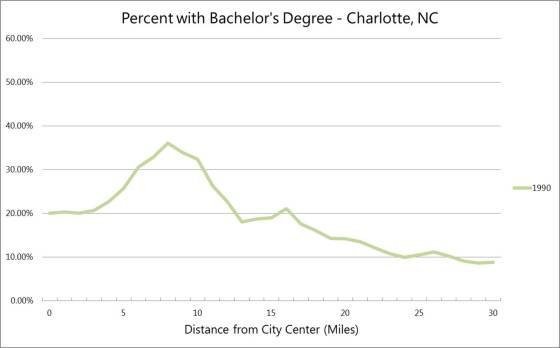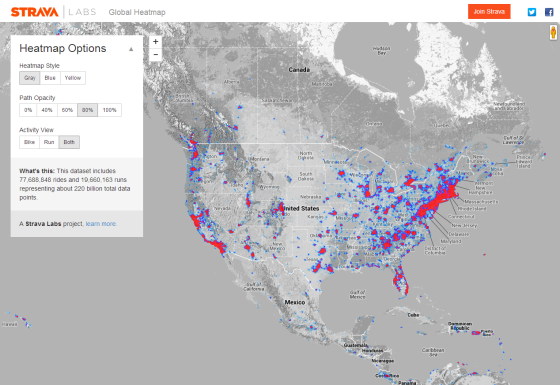 The recent government shutdown and flirtation with default has seriously deteriorated public trust in Congress, and in Washington more generally. Disgust with Washington is often followed by bewilderment. How did things get this way?
The recent government shutdown and flirtation with default has seriously deteriorated public trust in Congress, and in Washington more generally. Disgust with Washington is often followed by bewilderment. How did things get this way?
While there is no single answer to this question, if I had to choose one, it would be current redistricting practices. There is a strong case to be made that political polarization (and associated intransigence and brinkmanship) are rooted in gerrymandered congressional districts.
Gerrymandering, the art and science of lawmakers choosing their own voters rather than the other way around, has ensured that most representatives in the U.S. House are safe from general election challenges. Without those challenges, positions taken by elected officials are not exposed to debate and to the typically moderating effect of contested elections. In contrast, in gerrymandered districts where it is clear that one party or the other has a more or less certain general election victory in hand, candidates from the opposing party opt out of running (or have little real chance of winning if they do). As a result, the only threats to these lawmakers come in contentious primary contests from the hard left and hard right. Being “primaried” is now a common term among political strategists, and is often used to describe well-financed tea party challengers who unseat moderate Republicans. As moderation, from either side, is lost in primary challenges, the result is more rigidly ideological victors and the deadlock we see with increasing frequency in Congress.
This connection between redistricting, polarization, and legislative dysfunction is complicated, and as soon as political scientists start talking about the nuances of this subject the message sometimes gets lost. So I decided to create a visual to help illuminate what is really going on…
Link to the full interactive Congressional Dot Map.
Continue reading →
 An example of that model appears in this graph, which shows the percentage of adults over 25 with college degrees in the Charlotte, NC metro area in 1990. The x-axis is distance from the center of downtown.
An example of that model appears in this graph, which shows the percentage of adults over 25 with college degrees in the Charlotte, NC metro area in 1990. The x-axis is distance from the center of downtown.







